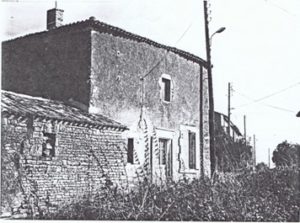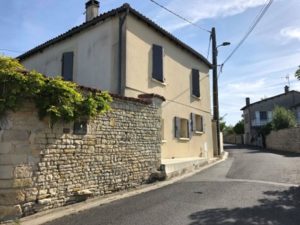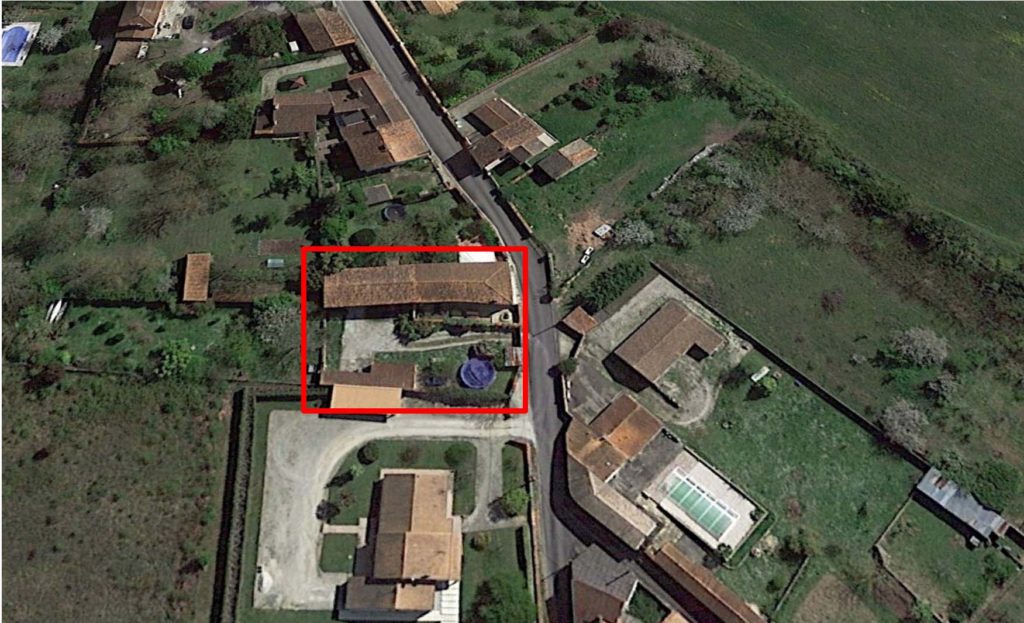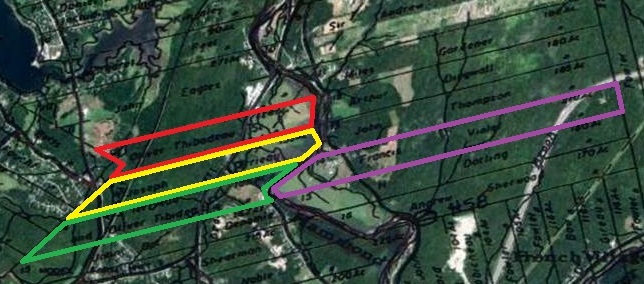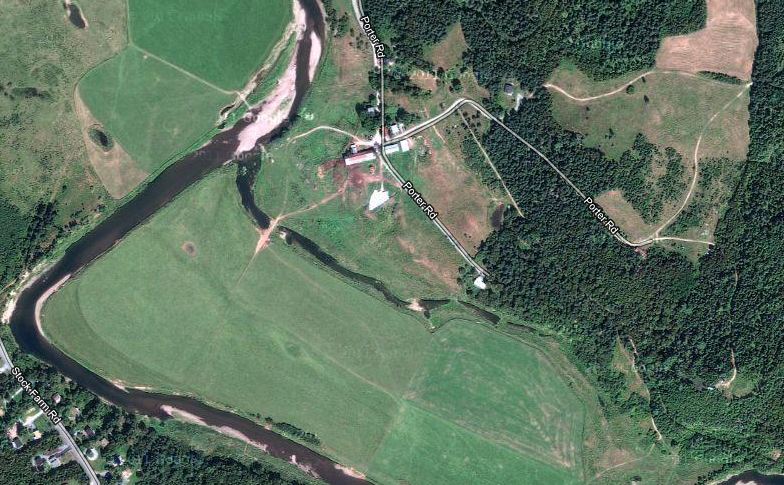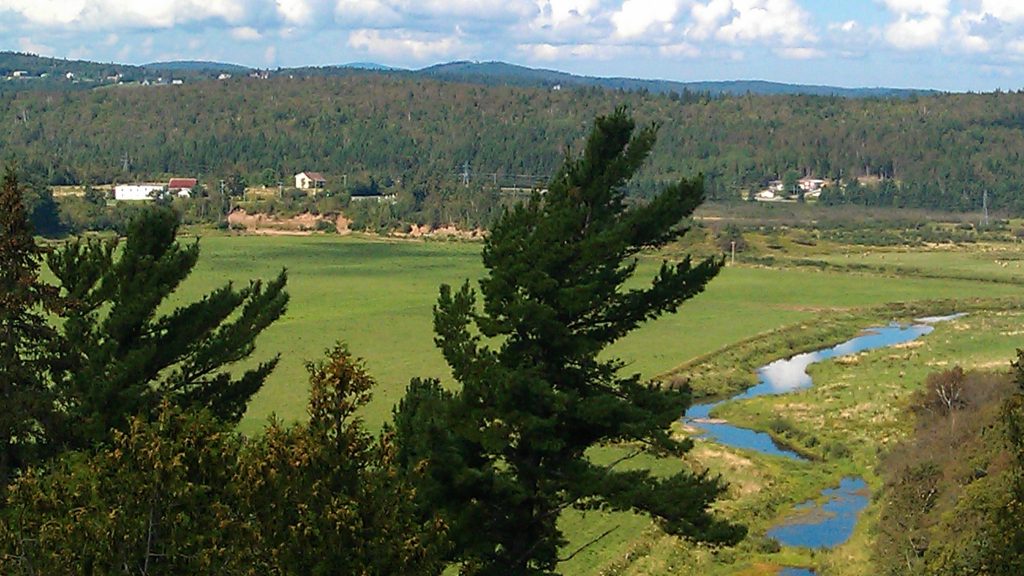The research into François Violet’s missing Years: 1758-1769, was undertaken to take a deep dive into our ancestors’ so-called missing years, but out of it, we have learned new and exciting things, some that have changed what we “thought” we knew in the past. The following extract is one of those areas where we now have a much greater understanding of what some archaic legal terms meant back in 1751. And now we know that our ancestor wasn’t “indentured out” due to his father’s debt, as previously thought by some. But François was being represented by others assigned by the court to conduct a household inventory “in the interest of the minor” as this was required by the Customs of Paris which was the law during that time.
The following article appeared in the Violette Family Association’s research report François Violet’s missing Years: 1758-1769 by Peter Violette, published in 2022.
Extract:
In order to see if there was a link with François Violet’s missing years and those assigned as guardians back in 1751, I revisited the Louisbourg court case, starting with scans of the original documents. In the documents, the keywords are “subroge tuteur.” What I discovered using Larousse francais-anglais Dictionnaire (2003 edition) is that “subroge” translates as “surrogate,” which translates as “substitute.” And “tuteur” translates as “guardian,” so the translation of the terms used in the court case, in English, simply means a “substitute guardian.”
In order to gain a better understanding of what these 18th-century legal terms actually meant, I turned to Dictionnaire de droit et de pratique, published in 1762, to see how the term “subroge tuteur” was used by the law. Dictionnaire de droit et de pratique translates as “Dictionary of law and practice” I had turned to this, hoping that by using an actual 18th-century law dictionary, I would be able to gain a better understanding of these terms.
There were numerous places where the terms “subroge tuteur” showed up in the law dictionary, and they all primarily dealt with the appointment of a substitute guardian, which is required when someone dies, and there are minor children involved. The substitute guardian “assists in the preparation of the inventory” of goods, which is a requirement of the Custom of Paris, which was the law at this time. The substitute guardian “ensures for the interest of minors” and is “appointed to represent a deceased or absent person.”1 So for François, because his mother, Marie David, had died, a Jacques Labossiere was appointed to “represent” his mother and to “ensure the interest of the minor,” which was François, and because his father was alive, he was also appointed as a substitute guardian.2 For François stepbrother, Alexis Hilaret, when his mother, Marie David, died, that meant both of his parents were now dead, so a Pierre Jovin (which I believe was Pierre Rene Jouin dit LaJoye) and a Jean Senat were appointed by the court to act as substitute guardians for Alexis during the inventory of the household goods.3
With this greater understanding of French Law in force during the 18th century, I can now see how using a 20th-century English Law Encyclopedia to interpret what had happened back then was completely wrong. It appears the children had not been substituted in relation to the debt or claim of another, as has been previously thought.
When I reviewed a list of the heads of families who had lived in Louisbourg,4 I found Pierre Jovin listed as Pierre Rene Jouin dit LaJoye (#461) and Jean Senat (#817), but I wasn’t able to find Jacques Le Boyer de la Buissiere (Bossiere) on the list. I suspect the La Buissiere (Bossiere) is a “dit” name and that he possibly may have been either a military officer or government official. I could not find any leads with these individuals that could help account for François Violet’s missing years.
Sources:
Ferriere, Claude-Joseph, Dictionnaire de droit et de pratique, A Paris, chez Babuty fils, quay des Augustins, à l’Etoile, 1762, accessed 18 November 2020 https://gallica.bnf.fr/ark:/12148/bpt6k97801996/f239.item.r=tutelle
Schmeisser, Barbara, “The Population of Louisbourg” Parks Canada Manuscript Report Number 303, 1976
Violette, David, and Dubay, Guy and Violette, Rod, A Violette History, Violette Family Association, 2014
1 Claude-Joseph Ferriere, Dictionnaire de droit et de pratique, (A Paris, chez Babuty fils, quay des Augustins, à l’Etoile, 1762 accessed 18 November 2020 https://gallica.bnf.fr/ark:/12148/bpt6k97801996/f239.item.r=tutelle) 547
2 David Violette 96
3 David Violette 93
4 Schmeisser, Barbara, “The Population of Louisbourg” (Parks Canada Manuscript Report Number 303, 1976) 66-91


